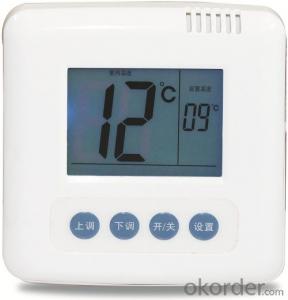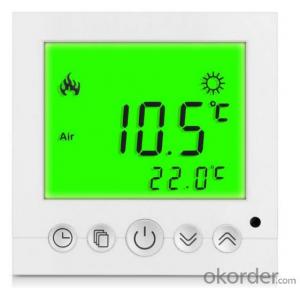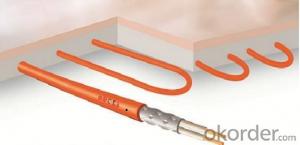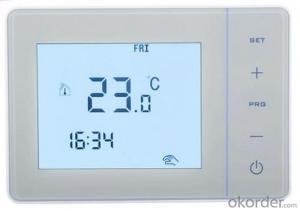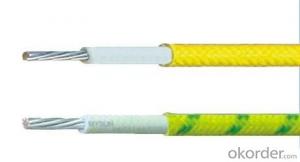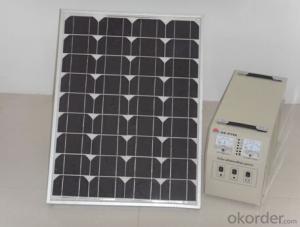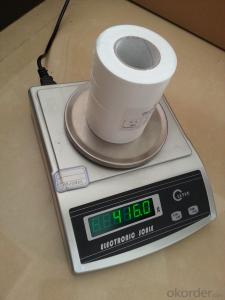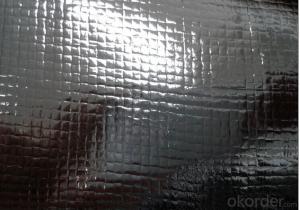Inverter Charger Solar System
Inverter Charger Solar System Related Searches
Primer For Galvanized Steel H S Code For Stainless Steel Wd 40 For Stainless Steel Spray Paint For Stainless Steel Glue For Stainless Steel Step Bit For Stainless Steel Magnets For Stainless Steel Caulking For Stainless Steel Steel Vessels For Kitchen Best Solar Inverter For HomeHot Searches
Steel Mesh Panels For Sale Cheap High Tea Sets For Sale High Density Fiberboard For Sale Solar Hot Water Collectors For Sale Scaffolding For Sale In Uae Scaffolding For Sale In Ireland Scaffolding For Sale In Houston Type Of Inverter For Solar Price Of Shipping Containers For Sale Used Solar Inverter For Sale Portable Led Signs For Sale Stone Hot Water Bottles For Sale Large Led Screens For Sale 1/4 Aluminum Plate For Sale H4 Led Headlight Bulbs For Sale Flexible Solar Cells For Sale Air Pump For Aquarium Price Inverter Size For Solar System Solar Edge Inverter For Sale Aluminum Bar Stock For SaleInverter Charger Solar System Supplier & Manufacturer from China
Okorder.com is a professional Inverter Charger Solar System supplier & manufacturer, offers integrated one-stop services including real-time quoting and online cargo tracking. We are funded by CNBM Group, a Fortune 500 enterprise and the largest Inverter Charger Solar System firm in China.Hot Products
FAQ
- A solar inverter typically handles voltage drops in the electrical wiring by continuously monitoring the voltage levels and adjusting its own output accordingly. It is designed to maintain a steady voltage within a specified range, even if there are voltage drops in the wiring.
- The role of a solar inverter in a solar-powered telecommunications system is to convert the direct current (DC) electricity generated by the solar panels into alternating current (AC) electricity that can be used to power the telecommunications equipment. It also regulates the voltage and frequency of the electricity to ensure a stable and reliable power supply for the system.
- The different output waveforms of a solar inverter include sine wave, modified sine wave, and square wave.
- The quality of the AC waveform directly impacts the performance of a solar inverter. A poor quality waveform can introduce harmonics and distortions, leading to reduced efficiency, increased heat generation, and decreased overall performance of the inverter. It can also cause issues with the functioning of other electrical equipment connected to the inverter. Therefore, ensuring a high-quality and clean AC waveform is crucial for optimal performance and longevity of a solar inverter.
- A solar inverter is specifically designed to convert the DC (direct current) electricity generated by solar panels into AC (alternating current) electricity suitable for use in homes and businesses. On the other hand, a regular inverter is mainly used to convert DC electricity from batteries or other sources into AC electricity. Therefore, while both inverters convert electricity from one form to another, a solar inverter is tailored for the unique requirements of solar power systems.
- Yes, a solar inverter can be used with solar-powered ventilation systems. A solar inverter is responsible for converting the direct current (DC) electricity generated by solar panels into alternating current (AC) electricity that can be used to power various appliances and devices, including ventilation systems. By connecting the solar panels to the solar inverter, the DC electricity produced by the panels can be converted into the appropriate AC voltage and frequency required for the ventilation system's operation. Thus, the solar inverter plays a crucial role in enabling the integration of solar power into ventilation systems.
- A solar inverter is not directly responsible for handling variations in solar panel cleanliness. However, a clean solar panel allows for maximum absorption of sunlight, resulting in optimal energy production. If solar panels are dirty, the amount of sunlight absorbed decreases, leading to reduced energy generation. It is the responsibility of the solar panel owner to regularly clean and maintain the panels to ensure their efficiency.
- A solar inverter handles varying solar irradiance levels by continuously monitoring the incoming solar energy and adjusting its operations accordingly. It converts the direct current (DC) produced by solar panels into alternating current (AC) that can be used to power electrical devices. When the solar irradiance levels are high, the inverter optimizes the power output to match the maximum potential of the solar panels. Conversely, during low solar irradiance, the inverter adjusts its operations to ensure optimal efficiency and power generation. This adaptive nature of solar inverters allows them to efficiently harness solar energy under varying conditions.
